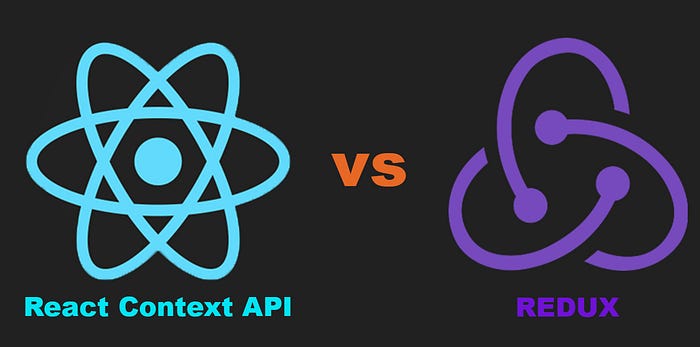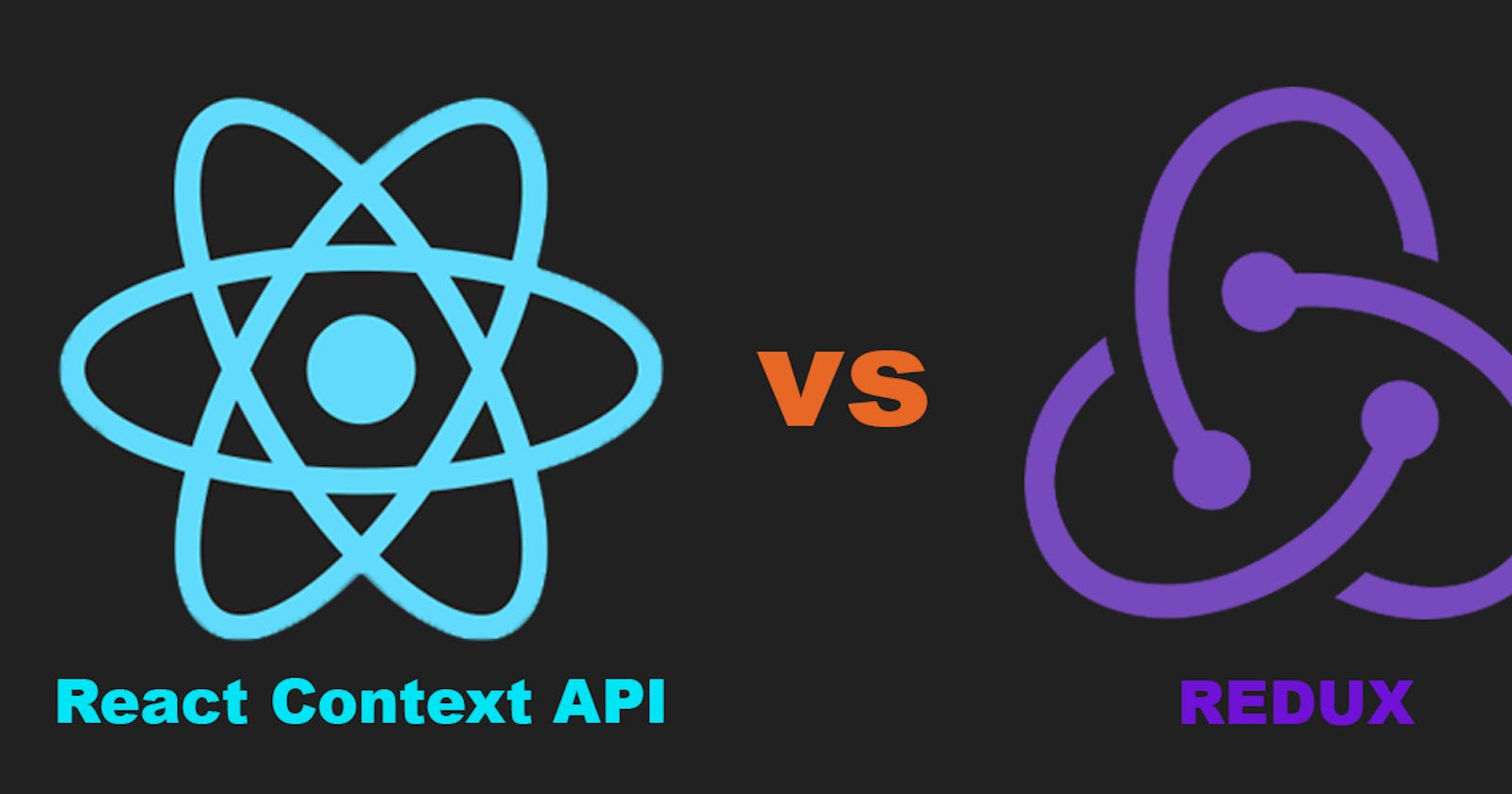In this article, we will explore the differences between the Context API and Redux toolkit, as well as when to use each of them. Both are popular in the frontend development community, but they have their own advantages and disadvantages, which are important to consider when deciding which to use for a project. The choice ultimately depends on the developer’s preferences and the specific requirements of the project.

Context API
The Context API is a built-in feature of React that allows for sharing state across components without the need for props drilling. It provides a way to pass data through the component tree without having to pass props manually at every level.This can make it easier to manage the state and avoid props drilling, which can make the code more difficult to read and understand.
Advantages of Context API
Avoids props drilling: The Context API allows for sharing state between components that are not directly connected in the component tree, this way you can avoid the need to pass props down through multiple levels of components.
Simplicity: The Context API is a built-in feature of React, so there’s no need to set up or configure an additional library. It’s easy to use and understand, making it a good choice for small-scale projects or applications where the state is only needed to be shared within a few components.
Performance: The use of context is more efficient than props drilling since it only re-renders the components that are consuming the context, not all the components in the tree.
Reusability: The Context API allows you to share state across multiple components and pages, making it easy to reuse state and logic throughout your application.
Better structure: By using the Context API, you can separate the state and state updates from the components that use it, making the codebase more structured and easier to maintain.
Flexibility: You can use the context for different use cases, like theme management, localization, and more, making it a versatile tool to have in your toolbox.
But there a several Disadvantages of using context api
Complexity: In cases where the application has a complex state, the Context API can become difficult to manage, especially if the state is shared between multiple components.
Limited use cases: The Context API is only suitable for certain use cases, such as simple projects or small-scale applications where the state is only needed to be shared within a few components.
Poor debugging: The Context API does not provide any built-in debugging tools, making it harder to identify and fix issues.
No support for middleware: The Context API does not support middleware, which can make it harder to handle async actions or other advanced functionality.
Redux Toolkit
Redux Toolkit is a tool that simplifies the setup and configuration of Redux in a React application. It provides a set of defaults and conventions for structuring a Redux application, making it easier to work with. It includes the following features.
Advantages of Redux Toolkit
Reduced boilerplate: With the help of the toolkit, you can set up a new Redux project with less code, making it faster and easier to get started.
Improved developer experience: The toolkit provides conventions and defaults that make it easier to work with and understand the codebase.
Better performance: The toolkit includes the immer library, which allows for more efficient updates to the state.
Improved debugging: The toolkit includes the redux-devtools extension, which makes it easier to debug your application.
Better security: The toolkit includes the SSIM middleware, which helps prevent accidental or malicious changes to the state.
Better scalability: It allows you to handle more complex state management, it is a more robust solution for bigger applications.
Disadvantages of Redux Toolkit
Additional setup and configuration: While Redux Toolkit simplifies the setup and configuration of Redux, it still requires additional setup and configuration compared to the Context API.
Steep learning curve: Redux and Toolkit can be difficult to learn, especially for developers new to the library.
Extra code: Even though Redux Toolkit provides a set of defaults and conventions, it may still require extra code to set up, especially for complex applications.
Overkill: In case the application doesn’t need a centralized state management, using Redux Toolkit might be considered as an overkill solution.
When to use the Context API versus when to use Redux (with or without Toolkit) depends on the complexity and requirements of your application.
The Context API is a good choice for simple projects or small-scale applications where the state is only needed to be shared within a few components. It’s easier to use and understand, and it’s built-in to React, so no additional setup or configuration is required.
Redux is a better choice for larger-scale or more complex applications where the state needs to be shared across many components, or where the state needs to be accessed and modified by many different parts of the application. Redux also provides a centralized store, which makes it easier to manage the state and debug your application.
Redux Toolkit makes it easier to set up and configure Redux, and it can be used to create a new project or add it to an existing one. It’s a good choice for developers who are new to Redux, or for those who want to quickly set up a project with a consistent structure.
In summary, if you are working on a small-scale project, or you only need to share state between a few components, the Context API might be the best choice, if your application is more complex, or if you need to share state across many components, then Redux (with or without Toolkit) might be a better choice.
Thanks for reading. We hope you found this information helpful. Let us know your thoughts in the comments below and feel free to share with others.
